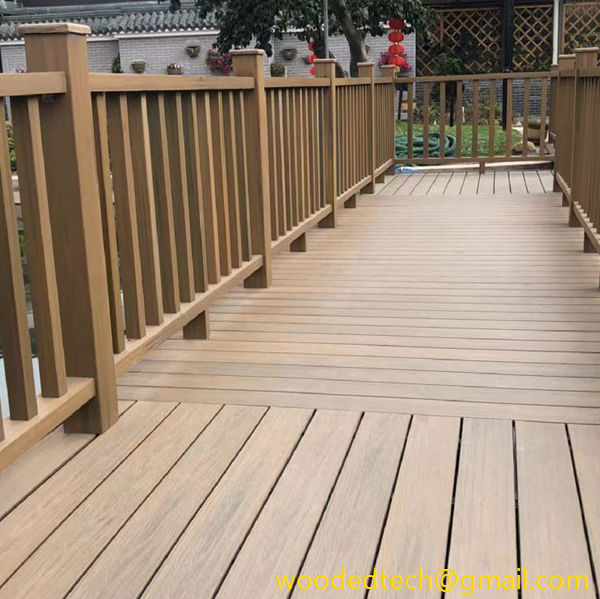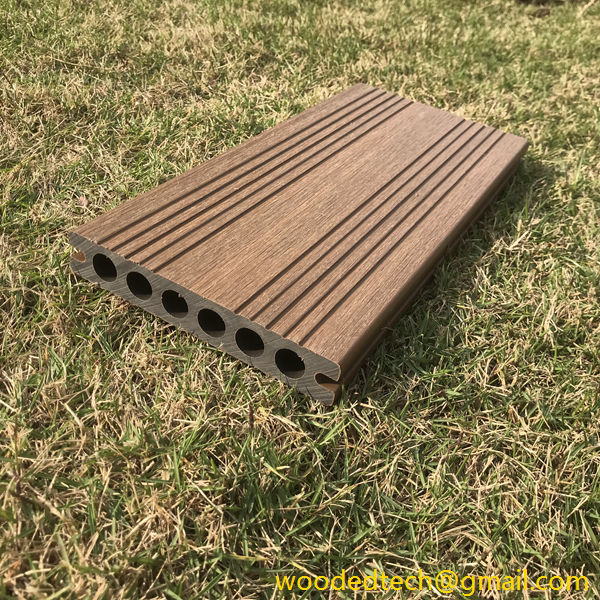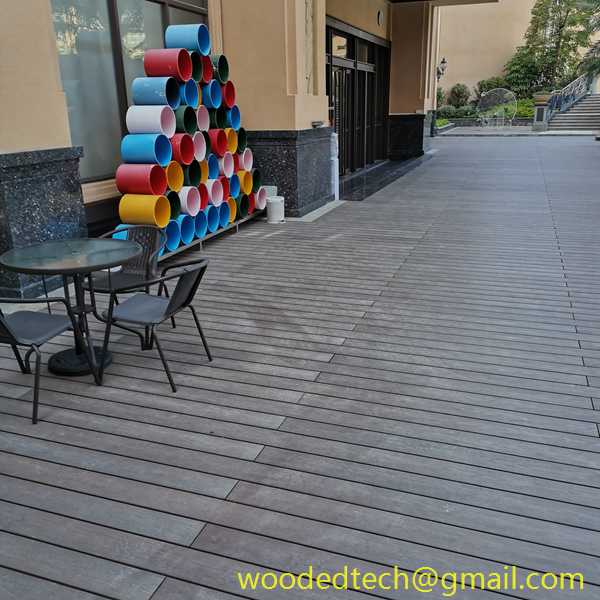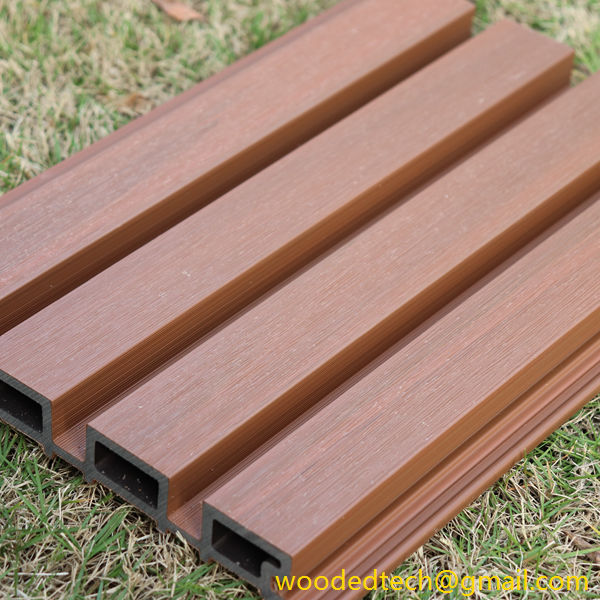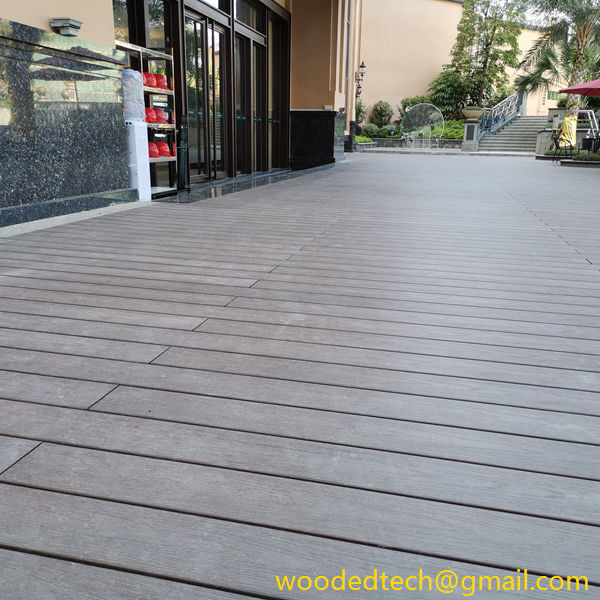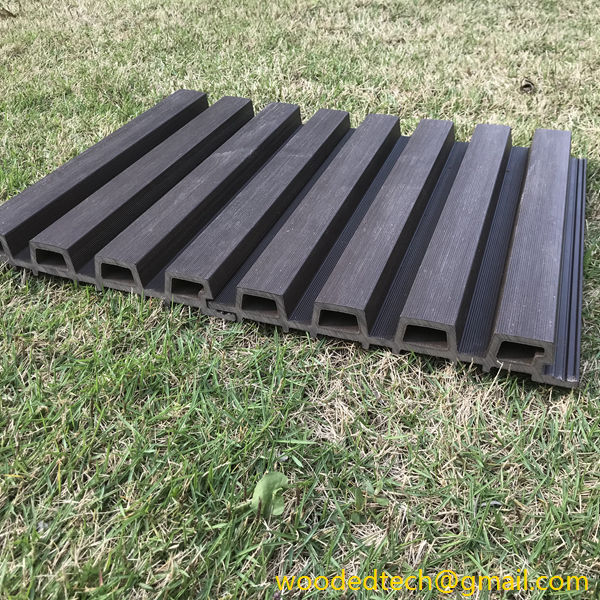Composite wood decking has become an increasingly popular choice for homeowners and builders alike due to its durability, aesthetic appeal, and low maintenance requirements. Unlike traditional wood decking, which can warp, splinter, and require regular staining or sealing, composite decking offers a long-lasting solution that can withstand the elements while providing a beautiful outdoor space. This guide will explore the features of composite wood decking from both installation and maintenance perspectives.
When it comes to installation, composite wood decking is renowned for its ease and efficiency. One of the primary advantages is that many composite decking products come with pre-grooved edges, allowing for hidden fasteners that create a clean and polished look. This is particularly appealing for homeowners who want to achieve a modern aesthetic without visible screws or nails. Additionally, the lightweight nature of composite decking boards makes them easier to handle and install compared to traditional lumber.
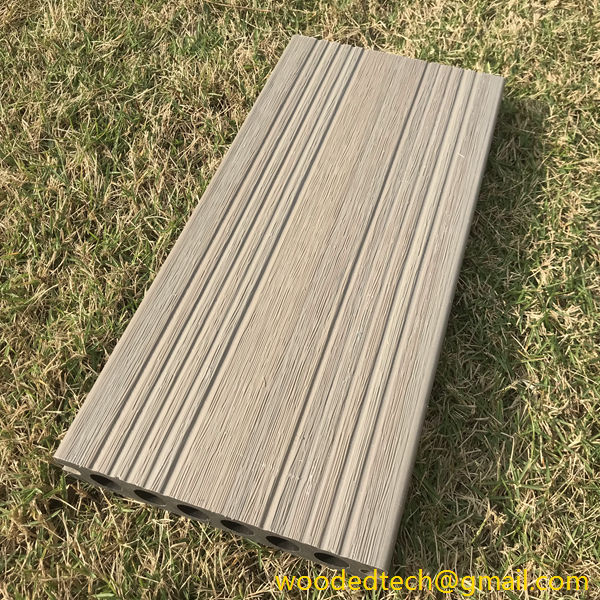
Before installation, it is essential to prepare the site adequately. This includes ensuring that the ground is level and properly graded to facilitate drainage. A solid foundation is crucial for the longevity of the decking. Homeowners may choose to install their composite decking over an existing surface or build a new frame, but in either case, it is important to follow the manufacturer’s guidelines closely. The use of a pressure-treated lumber frame is recommended to provide a stable base that will resist moisture and decay.
Proper spacing is another critical aspect during installation. Composite wood decking typically expands and contracts with temperature changes, so maintaining appropriate gaps between boards is essential. Many manufacturers provide specific spacing recommendations based on the type of composite material used, and adhering to these guidelines will help prevent issues such as warping or buckling over time.
Once the decking is installed, maintenance becomes a straightforward process, which is one of the most significant advantages of composite materials. Unlike traditional wood that requires regular staining, sealing, and painting, composite decking only needs routine cleaning to keep it looking its best. A simple mixture of soap and water can be used to clean the surface, and for tougher stains, a gentle scrub brush may be employed. It is advisable to clean the decking at least twice a year to remove dirt, mildew, and other debris that can accumulate over time.
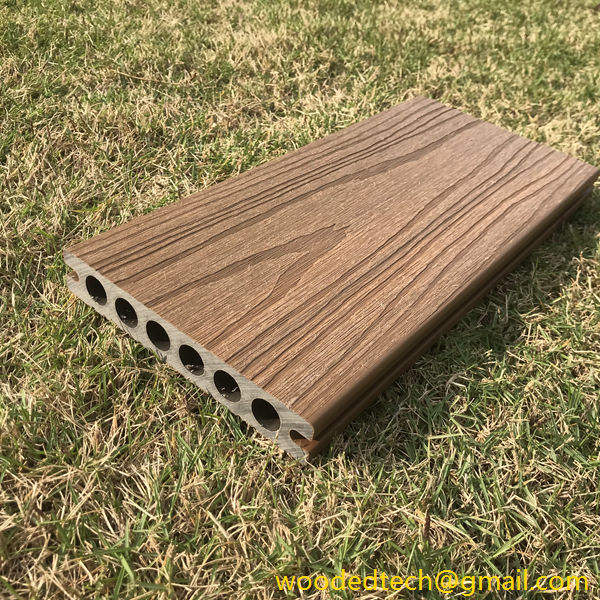
In addition to routine cleaning, homeowners should also be mindful of the surrounding environment of their composite decking. Overhanging trees can drop leaves and debris that may require more frequent cleaning. If the area experiences heavy rainfall, ensuring proper drainage is crucial to prevent water from pooling on the surface of the decking. This is particularly important as standing water can lead to mold growth and diminish the overall appearance of the decking.
While composite wood decking is designed to resist fading, it is still essential to protect it from extreme conditions. Using outdoor rugs or mats can help shield the surface from heavy furniture or grills that might leave marks or scratches. Additionally, it is advisable to use coasters or protective pads under furniture legs to prevent indentation.
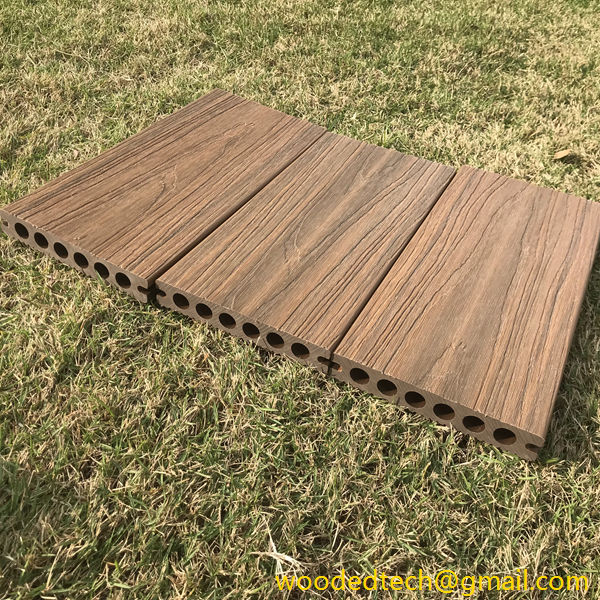
Another feature worth noting is that many composite decking materials are designed to be eco-friendly. They are often made from recycled materials, which reduces the demand for virgin wood and helps minimize environmental impact. This aspect appeals to environmentally conscious homeowners who want to create a beautiful outdoor space without compromising sustainability.
In conclusion, composite wood decking is an excellent choice for those looking to enhance their outdoor living space with minimal upkeep. From the installation process, which is often more straightforward than traditional wood options, to the low maintenance requirements that free up time for relaxation and enjoyment, composite decking offers numerous benefits. Proper installation techniques and routine care will ensure that your composite decking remains in excellent condition for years to come, making it a worthwhile investment for any home. With its durability, aesthetic appeal, and eco-friendly features, composite wood decking stands out as a top contender in the realm of outdoor materials. By understanding the best practices for installation and maintenance, homeowners can enjoy a beautiful and functional deck that enhances their outdoor living experience.

